Two working days for the critical care team at GNAAS are never the same. However, with the help of this piece of equipment, they are prepared for the challenges they face on a daily basis.
The piece of equipment in question is the MEDUMAT ventilator…
GNAAS paramedic Lee Salmon filled us in on what impact the ventilator has had since it was introduced:
Lee, what is this piece of equipment and is it new or have we used it for a while?
The MEDUMAT ventilator is a flexible and reliable device that can be used at all times and in any environment. Whether you are at the scene of an emergency, in an ambulance or helicopter, or at the hospital, it allows us to carry out our work.
We have used this piece of equipment for just over a year now.
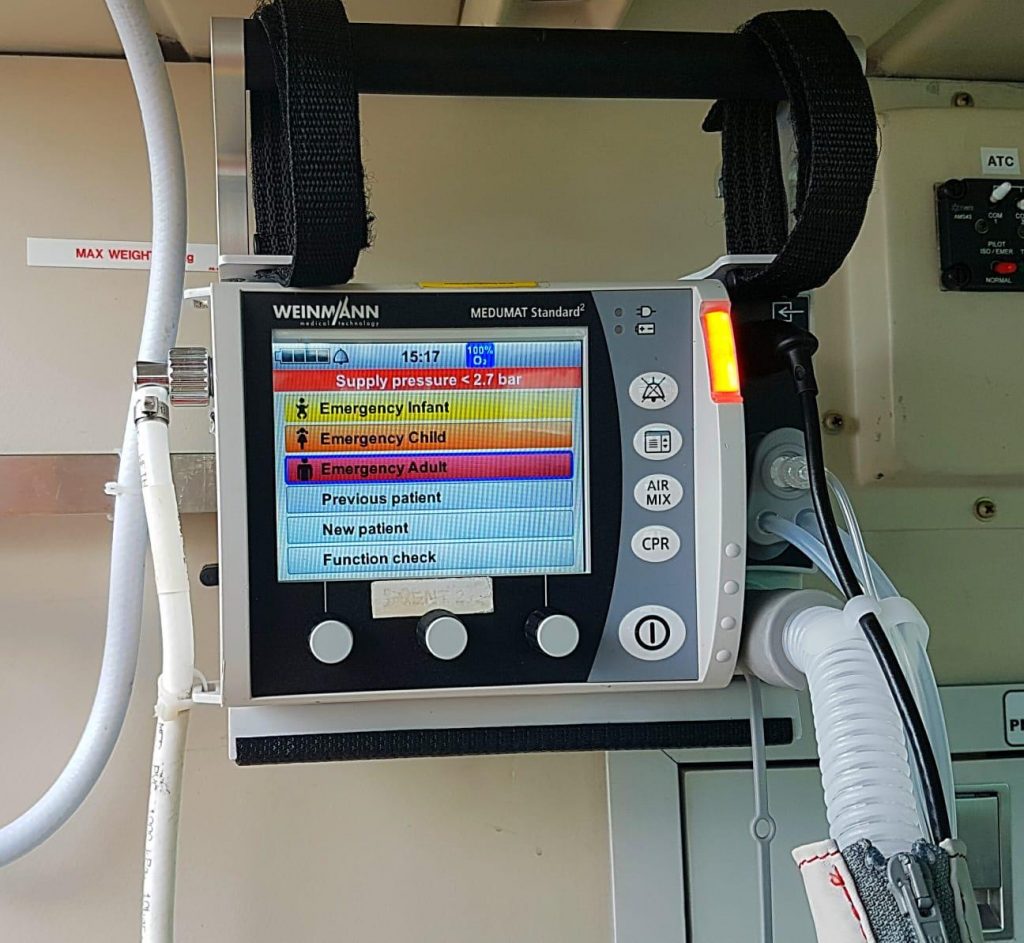

What does it do?
The easy answer is that it blows air and oxygen into a patient’s lungs. The intuitive emergency ventilator offers maximum safety for the patient and the user thanks to its numerous advanced technological features.
Is it easy to use?
Simply put – no.
It is an intuitive device and because the crew at GNAAS have had training and practice with the machine, we can now use it well in difficult and stressful situations. This is a critical piece of equipment for pre-hospital care and quite rightly so, as we can alter the ventilator to suit individual patient care.
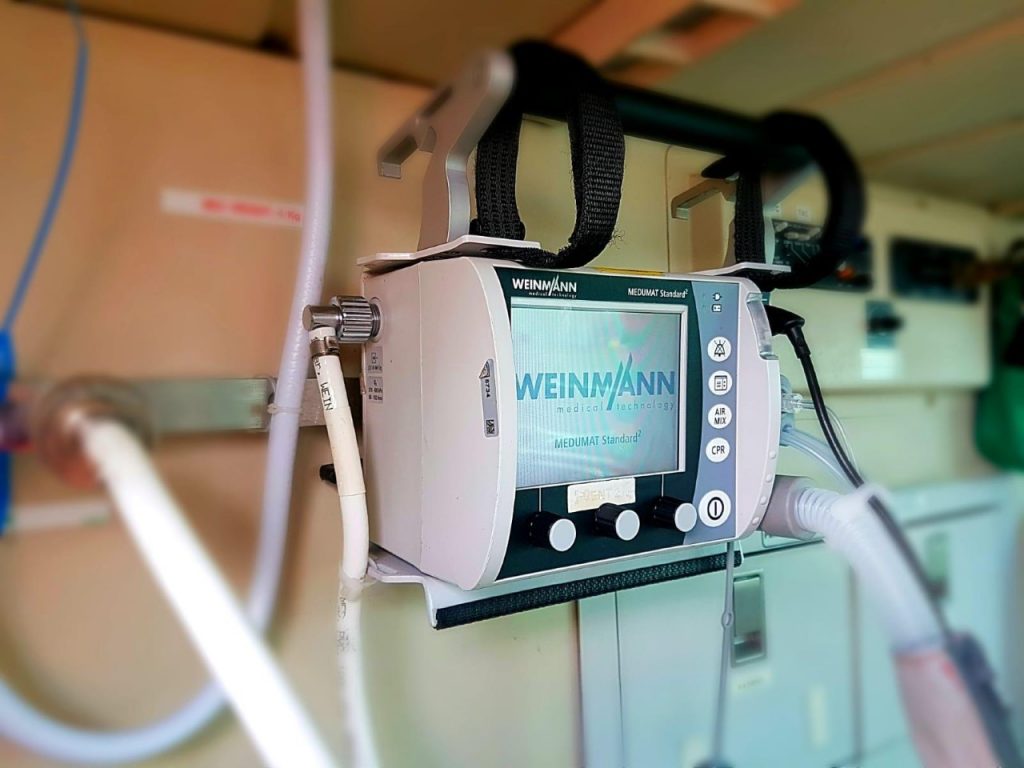

How does it work?
It’s an oxygen driven ventilator, meaning that the pressure from the oxygen cylinder helps to drive a mix of oxygen and air into the lungs of the patient, taking over their need to breathe.
This is most often achieved after pre-hospital emergency anesthesia.
Do you carry this on every flight and is it portable?
Yes, we carry it in either the car or helicopter.
It’s approximately 2.5 kg in weight so it isn’t huge, however, the importance of ventilation strategy in saving lives and reducing the impact of injury is massive.
What injuries would you see on a patient to warrant using it?
A whole host of injuries – it is most often used for traumatic brain injuries.
Other things include; a significant chest injury, acute onset medical problems, or humanitarian reasons when someone is so badly injured and it’s important to relieve that stress and anxiety for them and allow them to sleep through their ordeal.
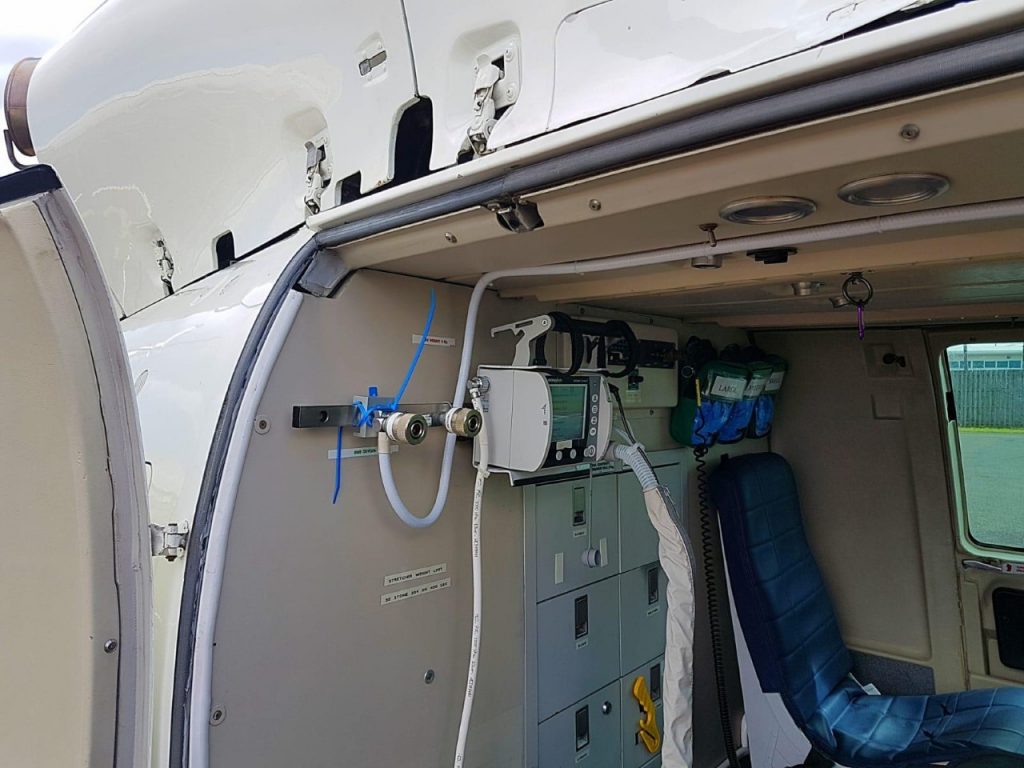

How much does it cost?
£15,000 will buy you the basic model, with the associated running costs per patient for infection control purposes at approximately £250.
Can it mean the difference between life or death?
Absolutely. When the body is unable to protect itself any longer due to the level of injury then we need to step in and help it out.
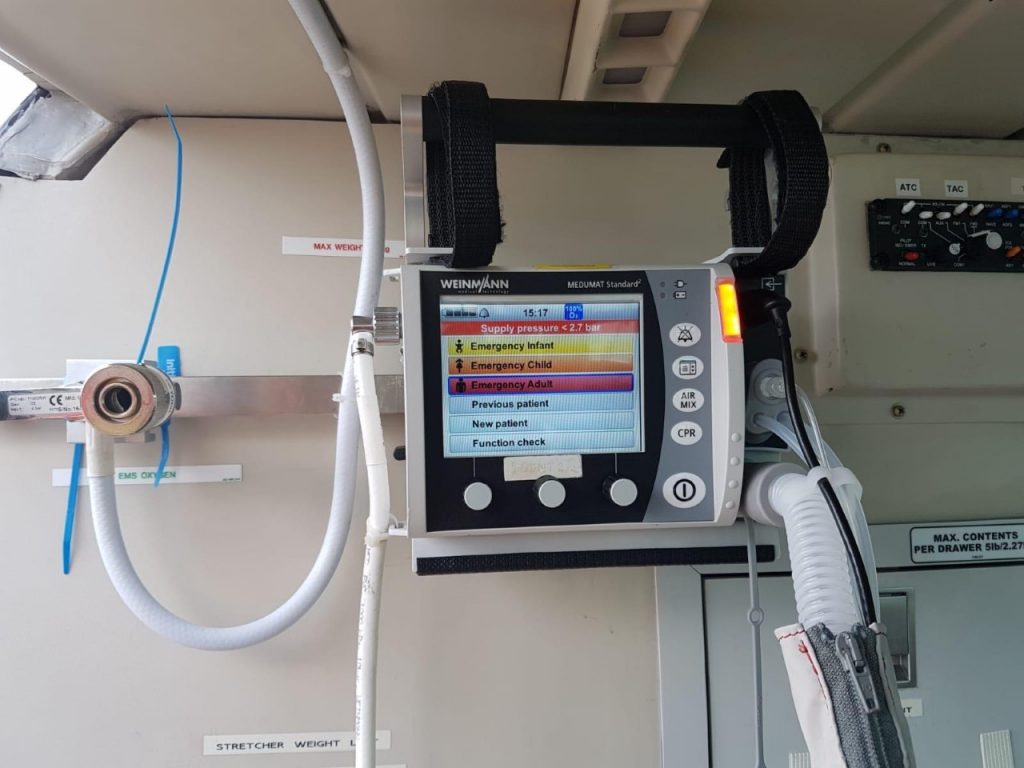

Has this changed the way you work?
Yes, although we have used ventilators for a long time now.
We are hoping to look at the fine margins of improving patient care over the next few months at the time at which the patients receive their ventilatory support.
How often is it used?
Approximately 2-3 times a week currently.
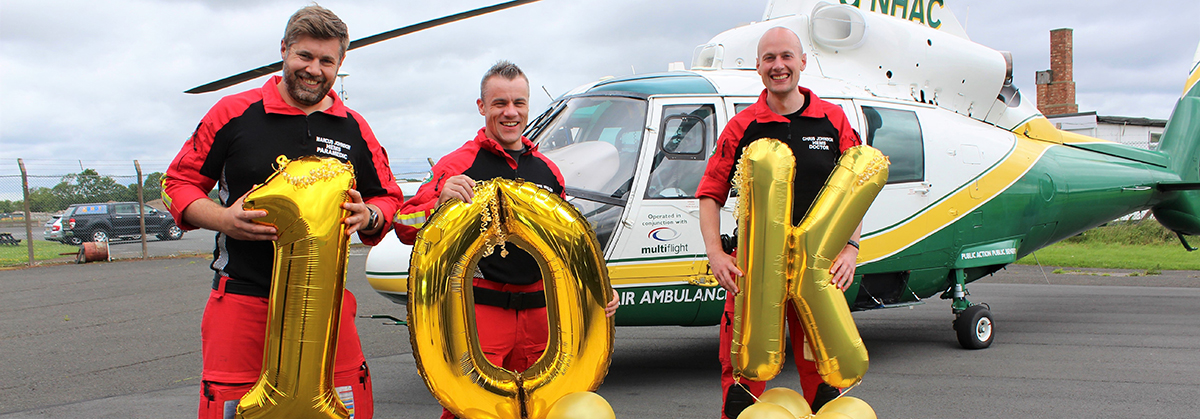

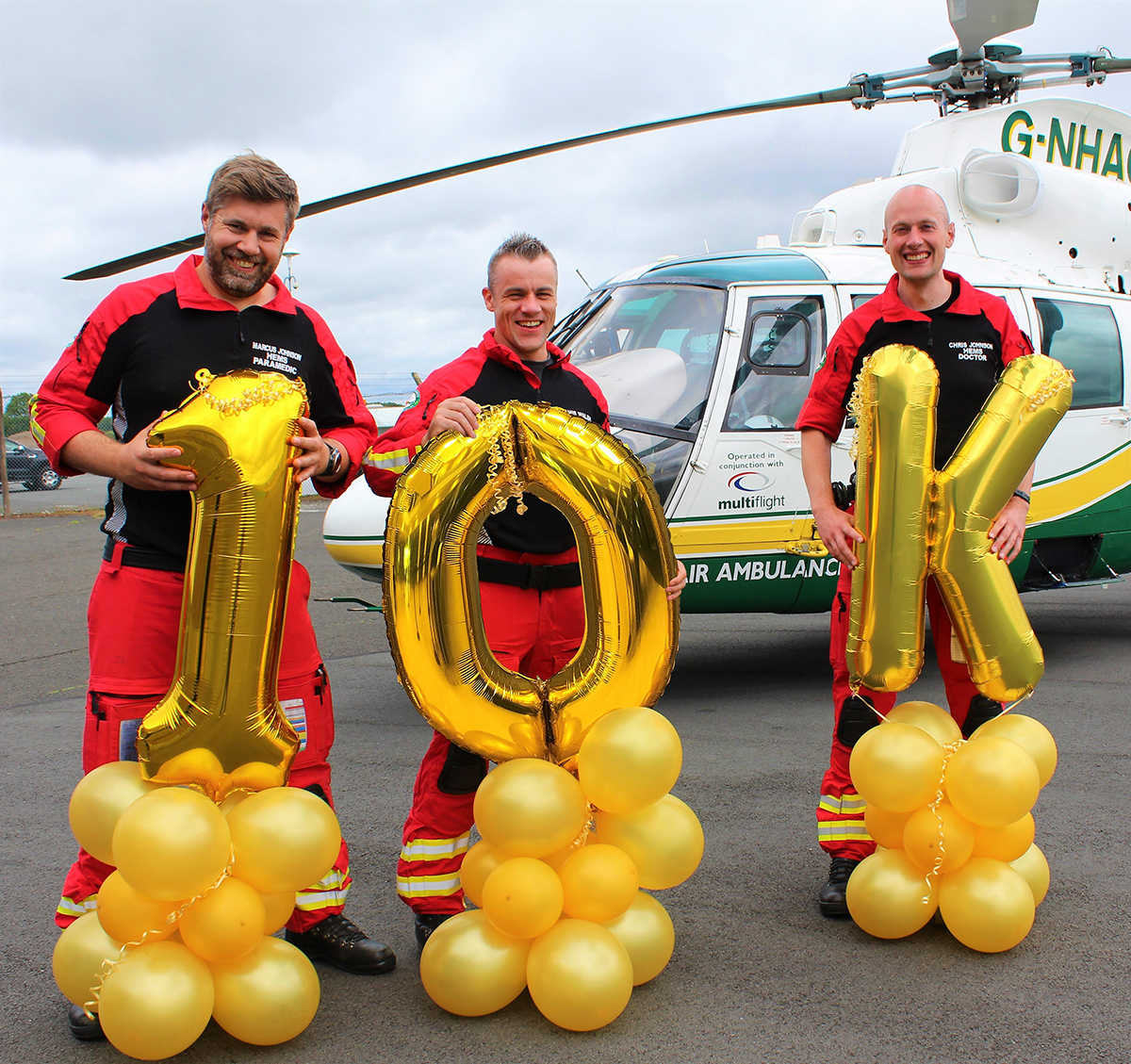

Win £10,000
Support your air ambulance by playing the raffle and you could win the £10,000 top prize!
£1 per ticket. Draw date: 11 December 2020.
Number of tickets
Total: £0.00



